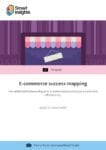You can beat your competition quite easily if you know the tactics of niche product optimization with respect to the e-commerce space
Niche marketing is not a new concept. Marketers, as well as product manufacturers, have leveraged the power of niche audiences to gain better control over their sales.
It’s no surprise then that there is cutthroat competition in the e-commerce space and marketers are finding it hard to attract new customers. This is happening because people have become more informed than before. Consumers can now compare and research the product before they buy it easy than ever.
Download our Premium Resource – E-commerce success mapping
This template introduces an analytical approach which we think is particularly useful for improving results from e-commerce site marketing but can be applied to other types of sites and online marketing activities also.
Access the E-commerce success mapping
As an e-commerce store owner or a marketer, you are constantly looking for new ways to generate sales but unable to do so on a regular basis. Moreover, this is going to get even tougher in the coming years. But, the good thing is, you can beat your competition quite easily if you know the tactics of niche product optimization with respect to the e-commerce space.
What is Niche Product Optimization?
Niche product optimization is the art of understanding your niche audience and optimizing your products as per their specific needs in order to provide a satisfying experience, which can lead to more sales.
There are four steps that form the entire process of niche product optimization:
- Finding niche products
- Understanding the competition
- Understanding the customers
- Optimizing the product for a desirable and satisfying customer experience
Now, let us learn about these four steps in detail.
How to Find Niche Products?
Niche products are goods that satisfy the needs of a specific segment of customers. This market segment comprises an influential smaller audience.
In order to find niche products, conduct a survey and identify your customers' problems. Now, find products that solve these problems in a unique manner. If budget is not a problem, you can design your own customized products by finding a manufacturer or supplier to create your product idea. Not only could this result in a product becoming an instant hit, but it can also end up being the unique selling point (USP) of your e-store.
Another great way to find niche products is by using tools like AmzHook. You can easily find your niche using the AmzHook database, which shows the top Amazon products by categories. As you can see from the screenshot below, AmzHook displays a list of top products sorted on the basis of monthly revenue and sales. You can identify the top niches within seconds.
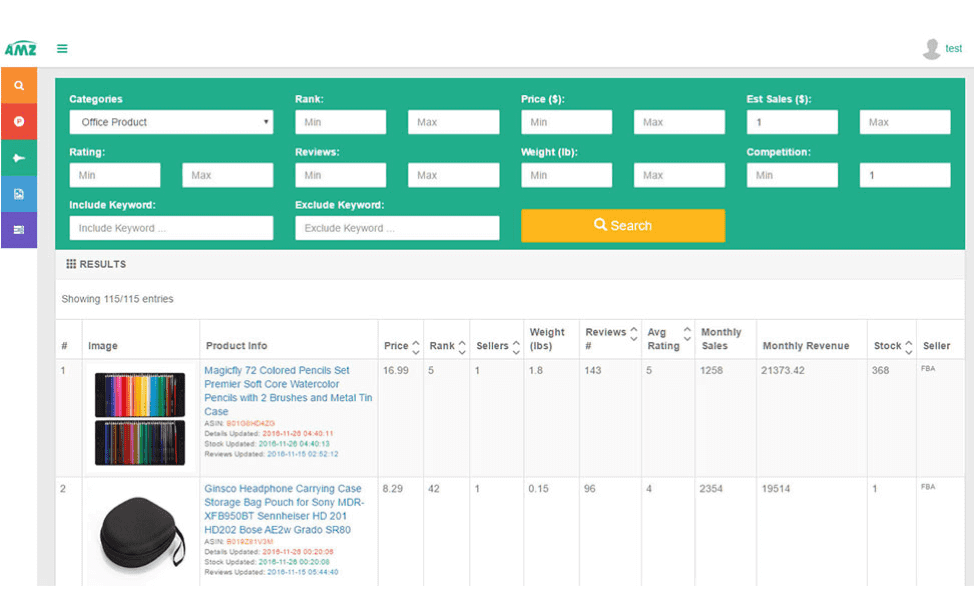
Another important piece of advice I would like to share with you is that passion plays an important role in the identification of niche products. If people are passionate about certain products, like luxury shoes, then they won’t care about the money. You can easily set up a store that’s selling luxury shoes and you will be successful in creating a niche of its own.
Understanding The Competition
Once you identify your niche using the method above, it’s time to understand the competition. Performing comprehensive competitive analysis will let you identify the domains that are ranking for your target niche. It’s important because it will enable you to understand the time, effort and money you will need to defeat your competition and get to the top in the search results.
Here are some ways to perform comprehensive niche competition analysis:
- Conduct a Google search with your niche keywords and list down the sites that are ranking on top. Now, enter your competitor’s domain in SEMrush and see which keywods they are ranking with on Google.
- Use Google Trends to compare two similar keywords related to your niche so you use the exact keywords in your on-page strategy.

- Perform a link analysis of your top competitor domains using Link Detox. Look out for the section where the tool displays a list of strong links of your competitors with low Dtoxrisk. These are the links that you can acquire for your own site because it minimizes the risk of facing any Google penalty.
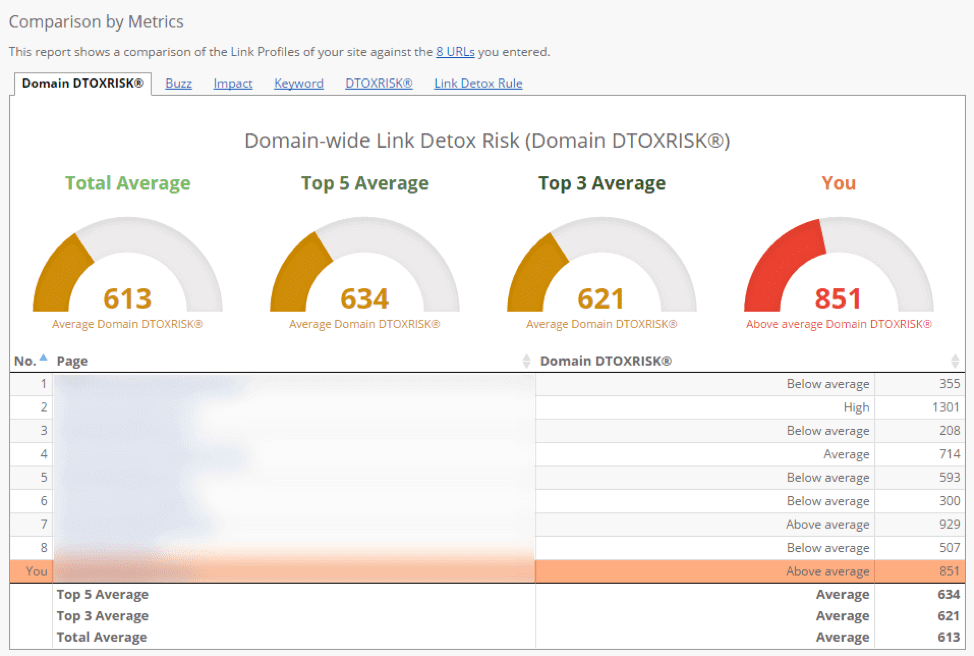
- Do a little technical analysis and check the Page Title, URL architecture, H1 Tags, internal links, anchor text etc. Besides this, try and understand the kind of content your competitors are using on their website. You can easily do that with the help of BuzzSumo. Simply enter the domain you want to examine and it will show you the top performing content for the researched domain.
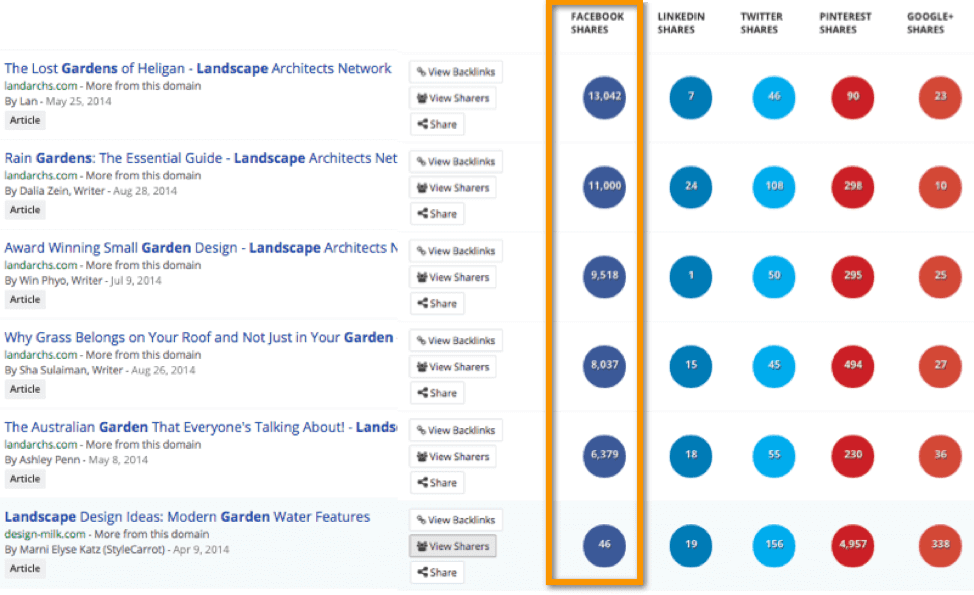
It is always wise to invest a good amount of time in competition analysis because if you do it right, you won’t be shooting arrows in the dark. Every action that you take will be based on data and data can never go wrong.
Understanding Your Customers
This is the most crucial aspect of niche product optimization. The first step is to put yourself in the consumer’s shoes and identify the problems your customers face. Follow the below steps to better understand your customers and perfect your niche marketing strategy.
Use sites like Quora.com to find questions related to your niche that your audiences are asking like "how do I tie a simple knot?". If you are selling ties online then this can be a great idea to create a video tutorial on properly tying a knot and put it on your website via YouTube. This might enable your site to rank under featured snippets whenever such a question is entered in Google. The method works well because you are able to help the customers and generate a lot of relevant traffic to your website.
Make every effort to understand the emotions of your customers because positive feelings lead to long-term ROI. Always remember that your customers want to trust your business in order to purchase from you.
Create your audience personas because these will help you understand about the likes, dislikes, demographics and purchasing power of your audience. Make use of this free persona template from Hubspot to create a comprehensive audience persona that answers most of the questions critical to establish your business. An example of a persona template is given below:
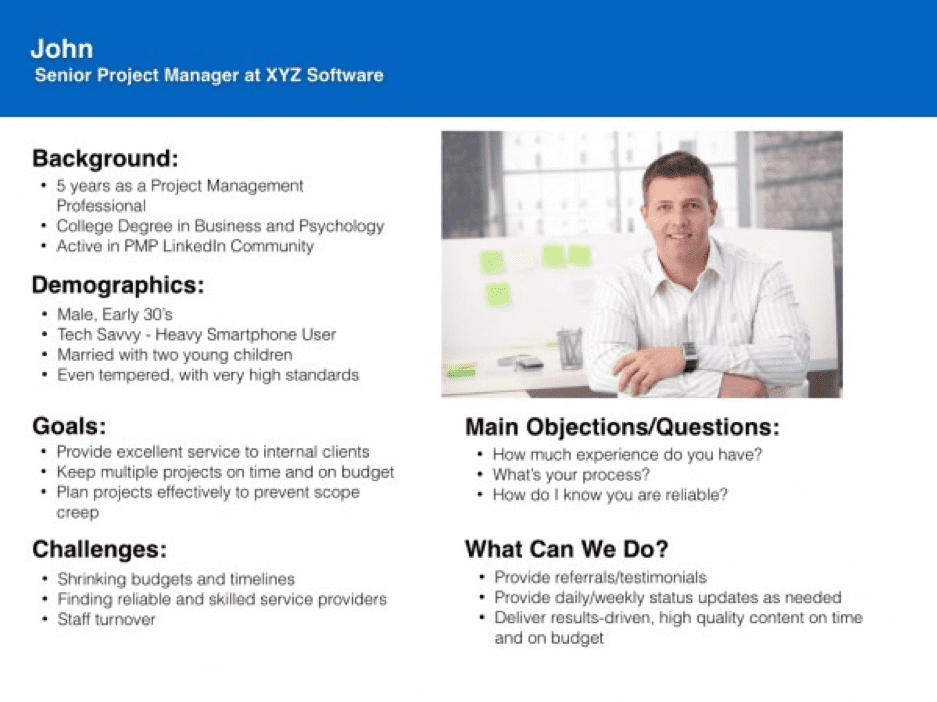
After this third step, you will have a clear idea about your product, target market and your ideal audience. Once you have all the details, it’s time to move on the fourth and final step regarding product and customer experience optimization.
Optimizing The Product and Providing a Satisfying Customer Experience
You need to follow the basics of on-page optimization in order to perfect your product page SEO. It is important to keep a check on the following important elements of your product page:
- Page title must include your main keyword
- Use synonyms or the main keyword under Heading tags
- Use keywords in the image alt tag
- Start the web page content with your main keyword
- Add relevant images, videos and content that helps the user better understand the product
- Use synonyms or main keyword in the page URL
- Add social proofs and genuine customer reviews that help the user to compare the product
Peak Design does a great job at creating a product page that is perfectly suited for travel enthusiasts. The product page contains a great product description, lots of high-quality product images, high-resolution product videos, lots of product benefits and a clear layout.
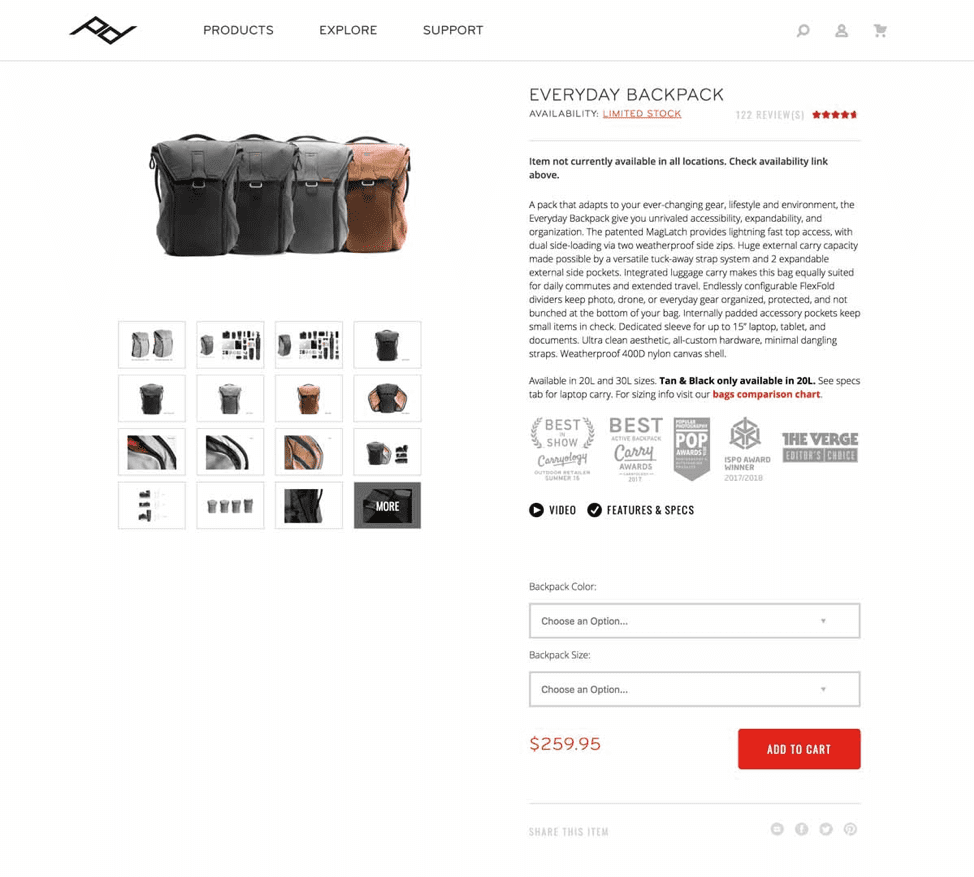
Similarly, coastal does an awesome job at improving the customer experience because the customers can see how they look in new glasses before they purchase one.

It is also important to have a great customer support team because great customer service will lead to improved customer retention. Nowadays, you can have an AI-powered chatbot to assist your customers. It’s true that chatbots can’t be a full replacement for humans but it is true that having chatbots can lessen the load on your human customer support team and they can only get involved for queries that chatbots can’t handle.
You can easily create a chatbot with the help of tools like FlowXO. Chatbots are great because they can work 24X7, are able to handle an unlimited number of customers, they make fewer errors, they make proactive customer interactions and they don’t get angry! The Kik chatbot from H&M is a great example of a fashion brand using a chatbot to directly interact with customers and assist them in choosing the best product of their choice.

Conclusion
Niche product optimization is critical to e-commerce success especially if you are a small business owner looking to compete with bigger brands. E-commerce space is highly competitive and dominating smaller niches is the key to raise sales. Follow the strategies discussed in this article to create your own niche and have a loyal customer following.
Joydeep Bhattacharya is a digital marketing evangelist with over 12 years of experience. He maintains a personal SEO blog,
SEOsandwitch.com and regularly publishes his works on SEMrush, Ahrefs, Hubspot, Wired and other popular publications. You can connect with him on
LinkedIn.



